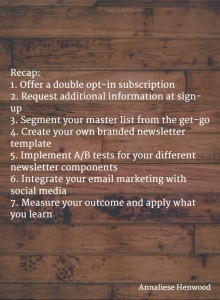How Intent Data Measures Campaign Awareness
Teradata, which focuses on the B2B space, launched a major brand campaign and wanted to find a new way to validate and measure a major brand awareness marketing campaign.
Digital agency Just Media, which also specializes in B2B, implemented the campaign for Teradata using Bombora’s technology, which uses intent data to analyze whether companies show increased interest in products and services during and following an ad campaign.
“The technology looks for the context around topics in the content,” said Millie Resnick, senior director of product and customer marketing at Bombora.
Just Media used Bombora’s technology to monitor the online content consumption around the topic “teradata” — things related to the products they sell — to look for changes in research showing an increased interest in the company, its services and its products.
The co-op includes Business Insider and Forbes, which contribute online consumption data to better understand the context of the piece.
The technology monitors content consumption across 6,000 topics, such as the topic Teradata to see if there’s weekly changes.
It had been more than six months since Teradata ran any paid media, so analysts developed a baseline using Bombora’s technology to analyze intent signals and the behavior around interactions with the topic “Teradata” six months prior, during, and after launch of the campaign.
For specific target accounts during a time when Teradata spent the most on media, there was a 78% lift in the number of target U.S. companies interested in Teradata compared to the historical baseline
For all companies, after the very first week of the campaign, Teradata saw a 279% lift in the number of U.S. companies interested in Teradata compared to the historical baseline. The more money Teradata spent, the higher the number of interactions with content by potential customers, Resnick said.
The campaign ran for about three months, ending in December 2018, but the brand continues to monitor residual effects.
(79)








